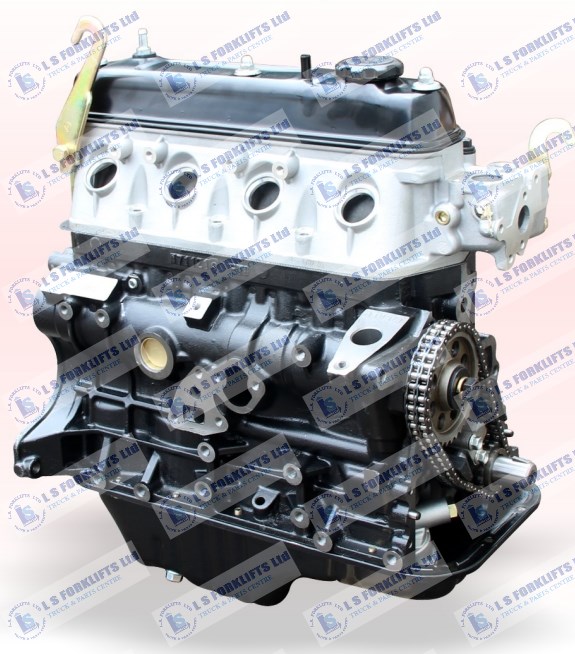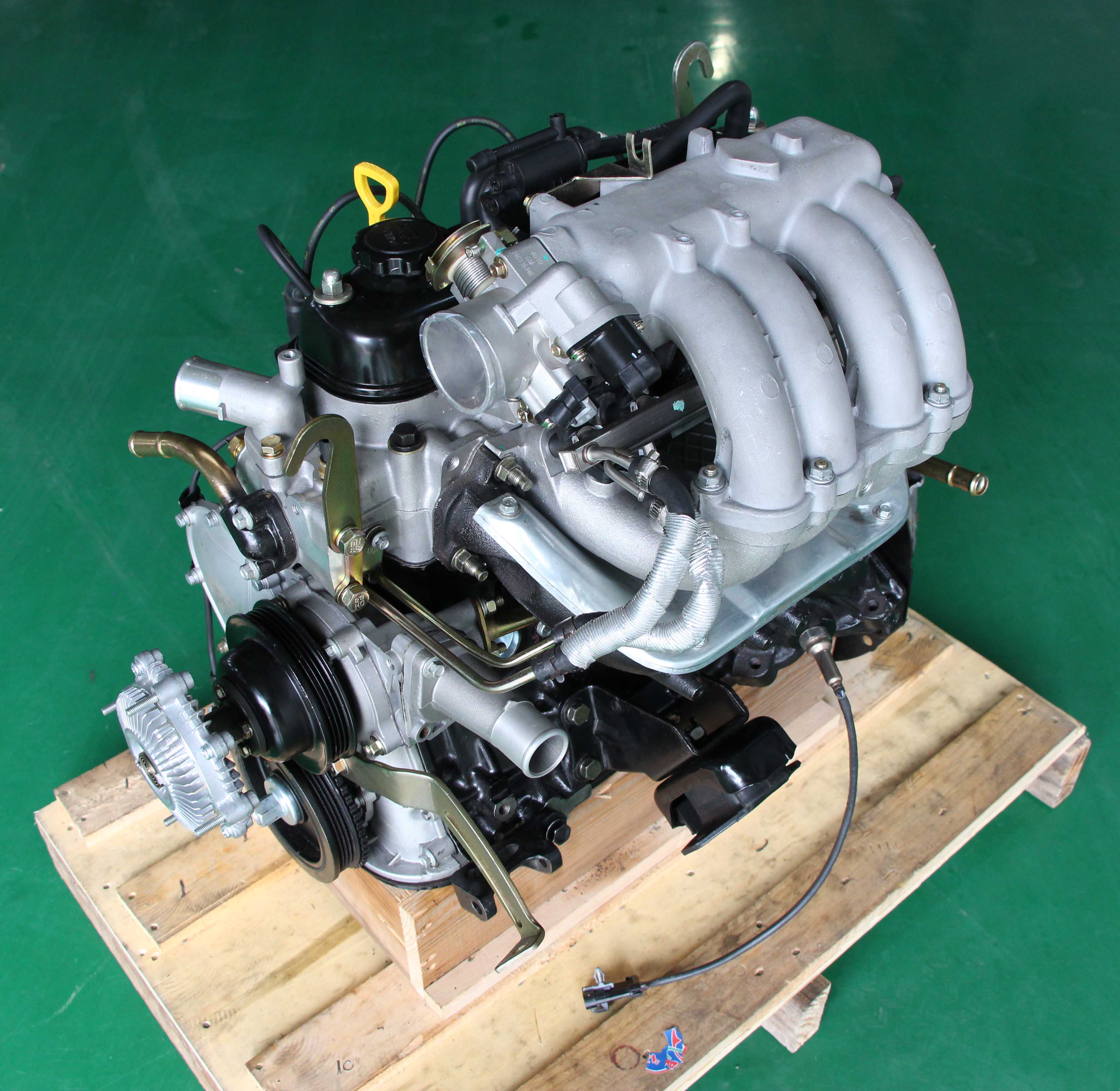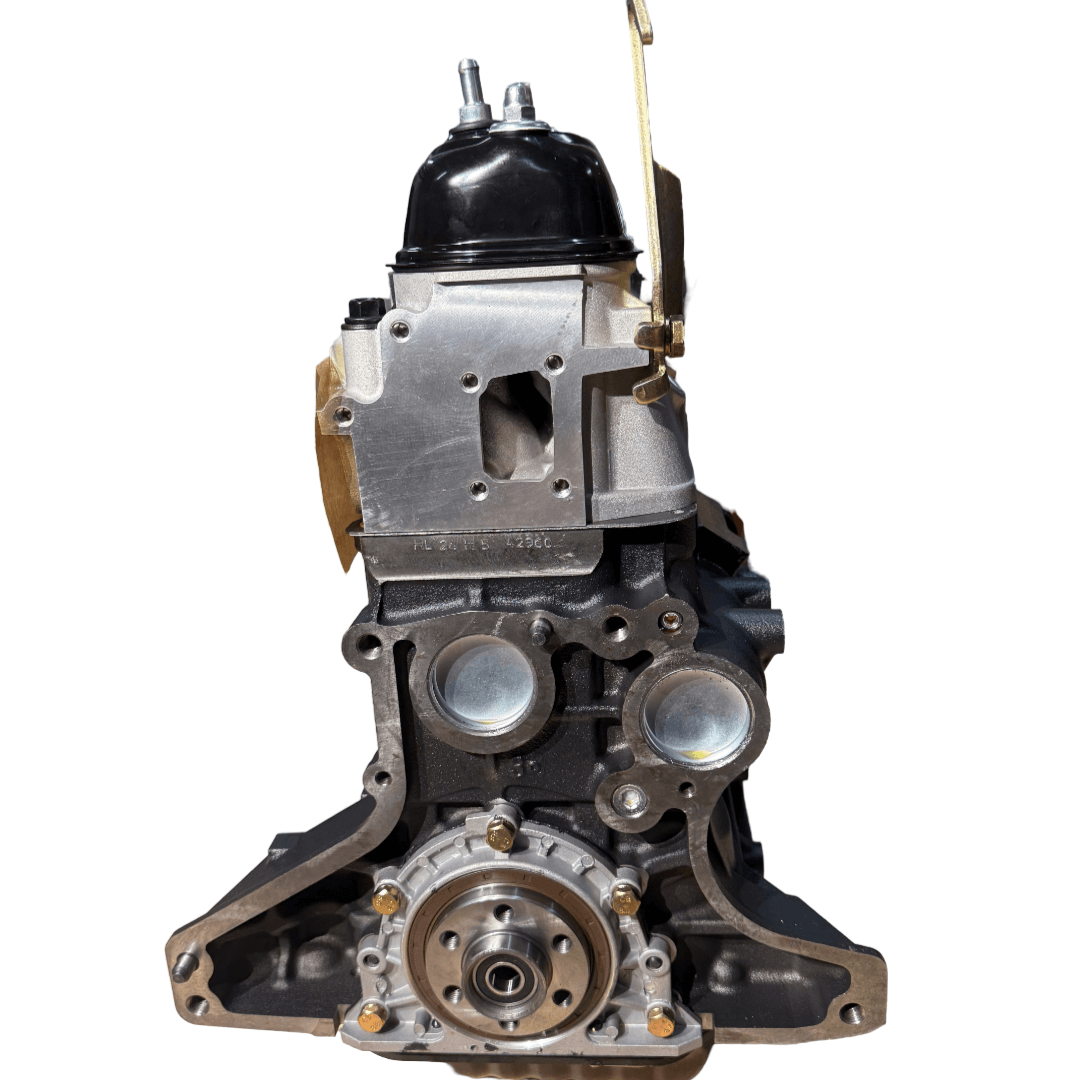The Ultimate Overview to the Engine: Trick Insights for Every Cars And Truck Enthusiast
Recognizing the engine is basic for any type of vehicle lover, as it offers as the heart of the automobile and dictates its performance. The intricacies of engine dynamics and the newest developments in technology present questions that warrant more expedition.
Composition of an Engine
Understanding the makeup of an engine is essential for any type of auto fanatic wanting to dive much deeper right into automotive mechanics. An inner combustion engine largely includes a number of essential parts that operate in unison to convert fuel right into mechanical power.
At the heart of this system lies the cylinder block, which houses the cylinders where combustion occurs. Piston movement within these cyndrical tubes is helped with by the crankshaft, which translates straight motion into rotational power. In addition, the camshaft plays an essential function in regulating the opening and closing of the engine's valves, making certain proper air-fuel mixture consumption and exhaust gas expulsion.
Other necessary elements consist of the fuel system, which supplies the engine with the necessary fuel, and the ignition system, liable for launching burning - 4y engine. The air conditioning and lubrication systems are additionally important, keeping ideal operating temperature levels and reducing rubbing, specifically
Engine Kinds and Configurations
A diverse series of engine kinds and configurations exists, each offering one-of-a-kind advantages and drawbacks customized to various driving requirements and choices. The most common engine kinds consist of inline, V, flat, and rotary configurations.
Inline engines, including cylinders prepared in a solitary line, are recognized for their simplicity and efficiency. They are typically discovered in portable lorries, offering an equilibrium of power and economic climate. V engines, defined by their two financial institutions of cyndrical tubes organized in a V form, give greater efficiency and smoother operation, making them popular in sports and high-end automobiles.
Flat engines, or boxer engines, have horizontally opposed cyndrical tubes, which add to a reduced facility of gravity, enhancing car security. These are generally seen in brand names like Subaru and Porsche.
Rotating engines, although much less typical, use a distinct style with a triangular blades and deal high power-to-weight proportions. They master lightweight and portable applications, mainly seen in Mazda vehicles.
Each engine type offers particular efficiency characteristics, weight distributions, and fuel efficiencies, ensuring that vehicle enthusiasts can choose the ideal engine configuration to match their driving design and lorry demands.

How Engines Work
Engines, no matter their type or arrangement, operate fundamental principles that regulate their efficiency and performance. At their core, engines convert fuel into power through a series of regulated surges or compressions. This process generally entails 4 main strokes: intake, power, compression, and exhaust.
During the intake stroke, the engine draws in a combination of air and gas. The compression stroke complies with, where the combination is pressed in the cyndrical tube, increasing its temperature and pressure. In the power stroke, a spark fires up the compressed mixture (in gas engines) or the mixture ignites spontaneously (in diesel motor), resulting in a quick expansion of gases that presses the piston down. The exhaust stroke eliminates the spent gases from the cylinder. 4y engine.
The effectiveness of an engine is affected by various variables, including the layout of the combustion chamber, the kind of gas utilized, and the precision of the engine's components. Understanding these fundamental concepts is crucial for cars and truck lovers that look for to value the intricate technicians behind their see here now automobiles, along with for those aiming to improve efficiency via modifications and adjusting.
Technologies in Engine Innovation
In recent years, advancements in engine technology have actually substantially changed the auto landscape, enhancing both performance and environmental sustainability. Among the most remarkable technologies is the growth of turbocharging and supercharging, which enables smaller sized engines to produce better power outputs without giving up fuel efficiency. This has resulted in an increase in the appeal of scaled down engines, providing manufacturers with the capacity to meet rigid exhausts regulations while maintaining efficiency standards.
In addition, hybrid and electrical powertrains are reshaping the engine paradigm. Hybrid systems incorporate internal combustion engines with electrical motors, maximizing gas consumption and decreasing discharges. Totally electric cars (EVs) get rid of the combustion engine altogether, depending on innovative battery technology to deliver immediate torque and excellent velocity.
Moreover, the assimilation of expert system and maker understanding in engine management systems allows for real-time optimization of performance specifications, boosting efficiency and responsiveness. Technologies such as variable shutoff timing and direct fuel shot additionally fine-tune combustion processes, taking full advantage of power outcome while reducing waste.
As the vehicle industry continues to progress, these developments in engine modern technology will certainly play a crucial function fit the future of movement, focusing on both efficiency and sustainability.
Maintenance Tips for Lovers
Keeping an engine is as vital as the innovations that enhance its efficiency. Normal upkeep not only prolongs the life of your engine however additionally makes sure ideal performance.
Replace and inspect air filters periodically to make sure correct air flow, which is crucial for burning efficiency. A stopped up air filter can lead to decreased performance and enhanced gas consumption. In a similar way, check the coolant degrees to avoid getting too hot, and change coolant according to the service schedule.

Conclusion
In verdict, an extensive understanding of engine anatomy, kinds, and mechanics is important for vehicle fanatics. Regular maintenance techniques, consisting of oil changes and air filter checks, are critical for making sure optimal engine performance and long life.

Engines, regardless of their type or arrangement, operate on fundamental principles that control their performance and efficiency. In the power stroke, a trigger stirs up the pressed mix (in Homepage fuel engines) or the mixture sparks automatically (in diesel engines), resulting in a rapid development of gases that presses the piston down.In recent years, improvements in engine modern technology have substantially changed the automobile landscape, improving both efficiency and environmental sustainability.